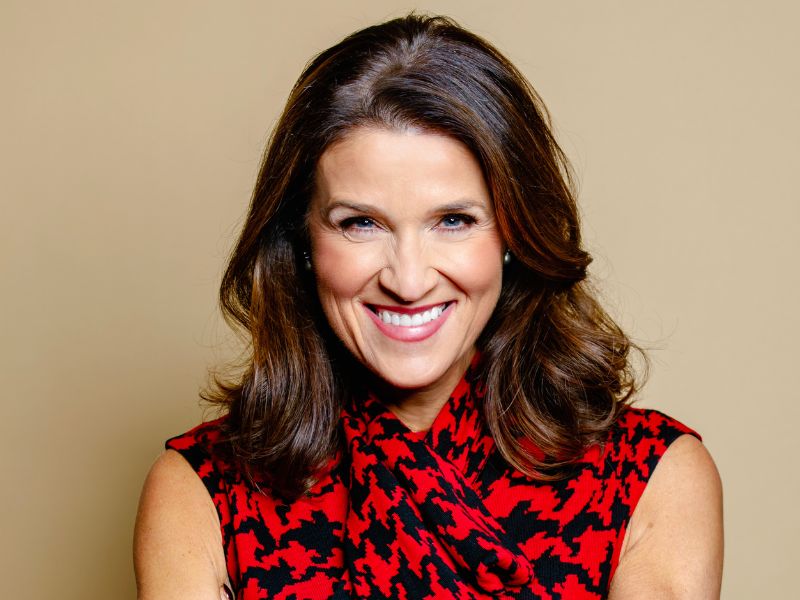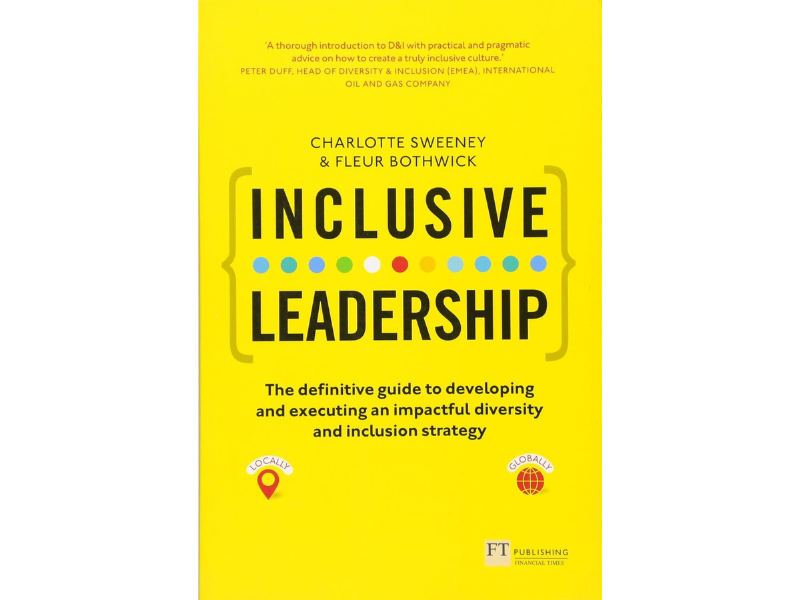When preparing for a big presentation, most of us will spend countless hours crafting the perfect words to express our message that intends to influence, inspire or persuade a group of people.
Words can feel like bricks that build relationships, vessels that transport, and tools that help us make sense of the world.
I am someone who loves language. I studied English Literature at Warwick University, and I delight in being creative with and testing the power of language. Yet, I know that words will only take us so far. Multiple studies back this up, including Albert Mehrabian’s breakthrough research at UCLA, which found that gestures account for 55% of your impact on an audience, while your tone of voice makes up 38%. Words, on the other hand, only accounted for a tiny 7%! Therefore, the best presentation will only be as good as how it is delivered. To quote the wonderful Maya Angelou: “People will forget what you said, people will forget what you did, but people will never forget how you made them feel.” Many of us spend so much time focused on what we will say that we forget about the how. The how we say what we say. Which I would argue is as important – if not more important – than the message itself.
Conscious and intentional impact
Before stepping into a meaningful conversation or presentation, it can be beneficial to pause and think about the kind of impact you’d like to have. I ask my coaching clients: “What kind of leader do you want to be in this meeting you’re about to have?” This simple question can create a powerful paradigm shift from the WHAT to the HOW. As opposed to primarily thinking about the words you use, this question shifts your attention towards your energy and how you communicate.
You may find a misalignment between your intended impact and your current state. A typical example is wanting to come across in a relationship-orientated manner but noticing that a more task-oriented energy is driving the show. If you see a mismatch, then this is good! The more aware we are, the more choice we have. With this awareness, we can continue to close the gap in our communication between our intended impact and how it lands on other people. When we reduce this gap, we increase our impact as leaders.
Leadership energy
As leaders, we can be unconscious of the energy we bring to our conversations. However, we can also be conscious and intentional around our energy to create a particular impact. I like to call this your leadership energy, which is a stance, attitude or lens you look through that shapes how you come across in conversations. We don’t have to show up with the default energy that we woke up with that morning; we can choose to bring something else if it better serves the situation.
You may think, but if I’m tired and stressed, won’t adding another energy to the mix make me seem inauthentic or fake? And the truth is that we’re much more complicated than that. For example, if you were in a burning building, your initial intention would likely be to run out as quickly as possible. However, if you discover a group of children inside, you may find another intention that pulls you to stay and help the kids. Seemingly contradictory intentions: one pulls you to stay, the other to leave, yet both hold a piece of the truth.
The same applies to our intentions in leadership. We may be feeling tired and stressed after a busy week. That can be true. Yet at the same time, if we connect to an intention for your next meeting, we may realise a desire to motivate and inspire teammates. Now we have a choice. Do we arrive with our default mode and unconsciously take in exhaustion and overwhelm into the meeting? Or can we consciously and intentionally take in another leadership energy that is going better serve the overarching intention of the meeting? It doesn’t mean being tired and stressed isn’t true; however, it doesn’t have to be the only intention driving the show.
What kind of person do you want to be as a leader?
Thinking about your leadership energy ahead of time can completely transform how you communicate. It doesn’t have to take long. Think about the impact you’d like to have on the group of people that you will be addressing, and then assign a leadership energy that aligns with that intention. Some examples of leadership energies include engaging, professional, motivating, inspirational and direct. The list of leadership energies is endless and provides us with a spectrum of options we can choose to show up with as leaders. Even if you don’t have any big upcoming presentations, a helpful question to ask yourself is: what kind of person do you want to be as a leader? This question will help connect you to the impact you’d make and will support you in becoming more aware of how you show up in your day. I use this question as a daily tuning fork to remind me of who I want to be, connect with my leadership range and align my actions with that goal.
About the author
 Katie Churchman is an International Coaching Federation (ICF) Professional Certified Coach (PCC) and certified in Organisational & Relationship Systems Coaching (ORSCC) and the ICF’s Advanced Certification in Team Coaching (ACTC). She is a Director at Team Triad a leadership development company helping individuals, teams and organisations unlock leadership potential. Katie helps leaders, teams and organisations to find clarity and direction so that they can take ownership of goals and achieve results. In addition, Katie is a faculty member at ICF-accredited coach training school CRR Global and host of The Relationship Matters Podcast which focuses on Organisational and Relationship Systems Coaching and how we can build more conscious and intentional relationships.
Katie Churchman is an International Coaching Federation (ICF) Professional Certified Coach (PCC) and certified in Organisational & Relationship Systems Coaching (ORSCC) and the ICF’s Advanced Certification in Team Coaching (ACTC). She is a Director at Team Triad a leadership development company helping individuals, teams and organisations unlock leadership potential. Katie helps leaders, teams and organisations to find clarity and direction so that they can take ownership of goals and achieve results. In addition, Katie is a faculty member at ICF-accredited coach training school CRR Global and host of The Relationship Matters Podcast which focuses on Organisational and Relationship Systems Coaching and how we can build more conscious and intentional relationships.









